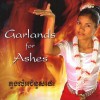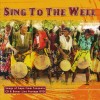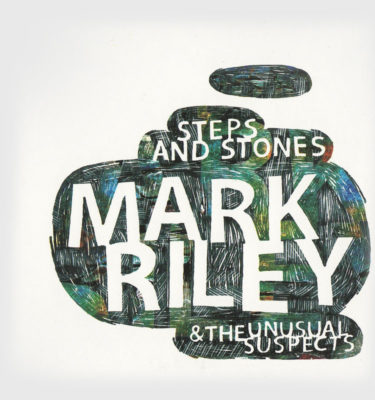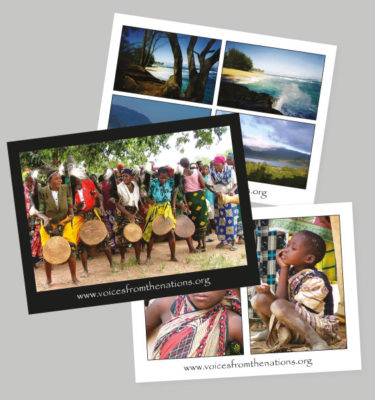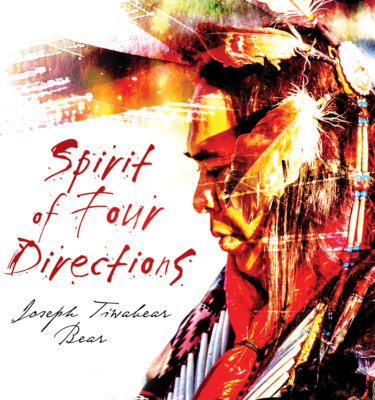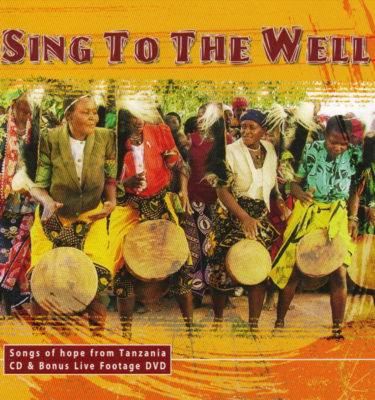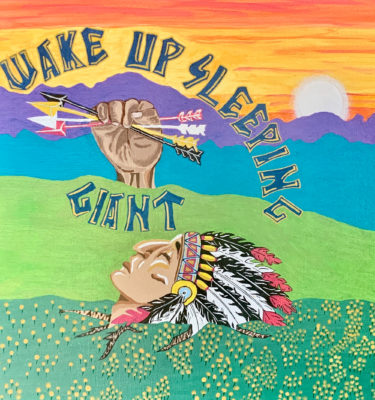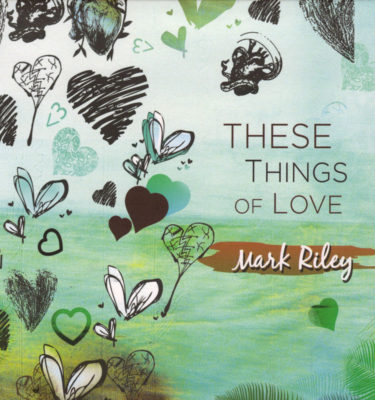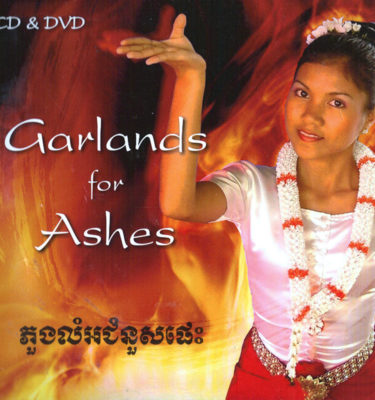We had a great morning recording on the island of Hawai’i – we met Lokelani Dahl and she shared with us a few Hawaiian Oli (chants). The Hawaiian language was not written down until the 1820’s and so before this time there way of preserving history was through the use of songs, chants, and poems.
The instrument being played is called an Ipu Heke, a key instrument in Hula, providing rhythm and sound for the chant and dancers. They are made from two different sized gourds cut from a vine that is harvested once a year.
Lokelani Dahl tells the story behind the chant – “This is a mele inoa (name chant) for Kamehameha I, that was inherited by his son, Liholiho. This is a tale of the Kïpu`upu`u, a band of runners whose name is taken from the cold wind of Mauna Kea that blows at Waimea on the big island of Hawai`i. They were trained in spear fighting and went to the woods of Mahiki, a woodland in Waimea haunted by demons and spooks, and Waikä to strip the bark of saplings to make spears. Hole means to handle roughly, strip or caress passionately. In the forest they sang of love, not of work or war. Hanakahi is the district on the Hamakua side of Hilo, named for a chief whose name means profound peace. Malanai is the name of gentle wind. Pua o Koai`e is the blossom of the Koai`e tree that grows in the wild, a euphemism for delicate parts. Parts of this old chant, full of double entendre or kaona, was set to music by John Spencer and entitled Waikä.”
Mele Inoa
“Name chants, or mele inoa, were composed for mostly for the chiefly class in ancient Hawai‘i. These chants honor each individual chief or chiefess and their various attributes. Whether about the beauty of the ali‘i or about the great deeds of the ali‘i, the mele inoa is one of the highest forms of honor. By proclaiming the wondrous deeds of an ali‘i also would elevate the status of an ali‘i in the eyes of the public.” (Jonah La‘akapu Lenchanko, Hawaiian Language, Kamehameha Schools, KS Kapālama).

